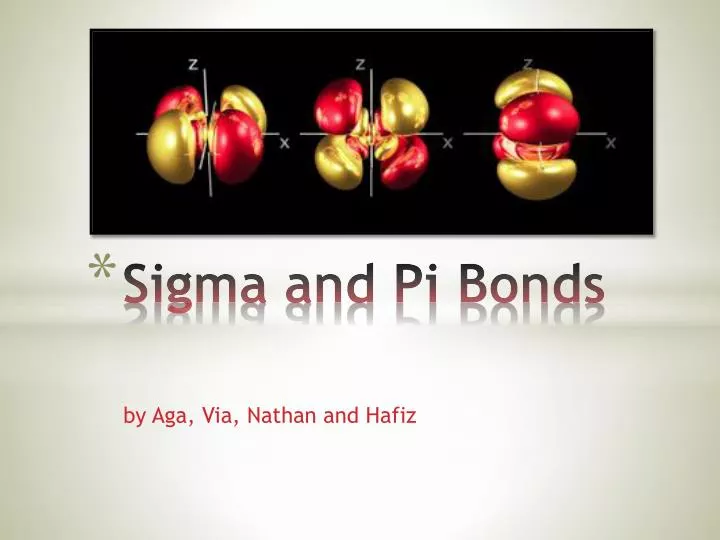

In a cyclic molecule with three alternating double bonds, cyclohexatriene, the bond length of the single bond would be 1.54 Å and that of the double bond would be 1.34 Å. Benzene is a regular hexagon-it is planar and all six carbon–carbon bonds have the same length, which is intermediate between that of a single and that of a double bond. Neither is an accurate representation of the actual compound, which is best represented by a hybrid (average) of these structures. Benzene is a more stable molecule than would be expected without accounting for charge delocalization.Īs it is a standard for resonance diagrams, the use of a double-headed arrow indicates that two structures are not distinct entities but merely hypothetical possibilities. The model for benzene consists of two resonance forms, which corresponds to the double and single bonds superimposing to produce six one-and-a-half bonds. This commonly seen model of aromatic rings, namely the idea that benzene was formed from a six-membered carbon ring with alternating single and double bonds (cyclohexatriene), was developed by August Kekulé (see § History below). Rather, the molecule exhibits all equal bond lengths in between those of single and double bonds. These molecules cannot be found in either one of these representations, with the longer single bonds in one location and the shorter double bond in another (see § Theory below). Due to the restrictions imposed by the way Lewis diagrams are drawn, the molecule cannot be represented by one diagram, but rather a hybrid of multiple different diagrams (called resonance), such as with the two resonance structures of benzene. In reality, the electrons represented by the double bonds in the Lewis diagram are actually distributed evenly around the ring ("delocalized"), increasing the molecule's stability. In terms of the electronic nature of the molecule, aromaticity describes a conjugated system often represented in Lewis diagrams as alternating single and double bonds in a ring. An aromatic functional group or other substituent is called an aryl group. In living organisms, for example, the most common aromatic rings are the double-ringed bases (Purine) in RNA and DNA. Nevertheless, many non-benzene aromatic compounds exist.

Since the most common aromatic compounds are derivatives of benzene (an aromatic hydrocarbon common in petroleum and its distillates), the word aromatic occasionally refers informally to benzene derivatives, and so it was first defined. The term aromaticity with this meaning is historically related to the concept of having an aroma, but is a distinct property from that meaning. Organic compounds that are not aromatic are classified as aliphatic compounds-they might be cyclic, but only aromatic rings have enhanced stability. Aromatic rings are very stable and do not break apart easily. Aromatic rings give increased stability compared to saturated compounds having single bonds, and other geometric or connective non-cyclic arrangements with the same set of atoms. In chemistry, aromaticity means the molecule has cyclic ( ring-shaped) structures with pi bonds in resonance (those containing delocalized electrons). Soc.Two different resonance forms of benzene (top) combine to produce an average structure (bottom) In the polyacenes, the polyeneyl orbitals interact in a pi-sense, while in the compounds we happened upon (which we now call "sigma-polyacenes"), the polyenyl orbitals interact face-to-face, in a sigma-sense, as shown above (orbital cartoons are shown at the left and the actual HOMO and LUMO from our calculations are shown at the right). in that both involve the interaction of polyenyl chains. These structures are similar to a class of molecules called "polyacenes" - ribbons of fused aromatic rings like anthracene, tetracene, etc. When we explored discrete model systems for this polymer, we discovered that, rather than structures with localized sigma-bonds connecting their two polyene chains, structures were formed that appeared to have two polyenyl radical chains interacting with each other through space (see the structure above for an example, selected distances are shown in angstroms). We had hoped that polymers of this type would undergo degenerate Cope rearrangements ( sigmatropic shifts) with low activation barriers, making for fluxional polymers that could transport the electrons in a sigma-bond back-and-forth along their backbones of parallel pi-bonds. One of our initial proposals for a potential " sigmatropic shiftamer" is shown above.


 0 kommentar(er)
0 kommentar(er)
